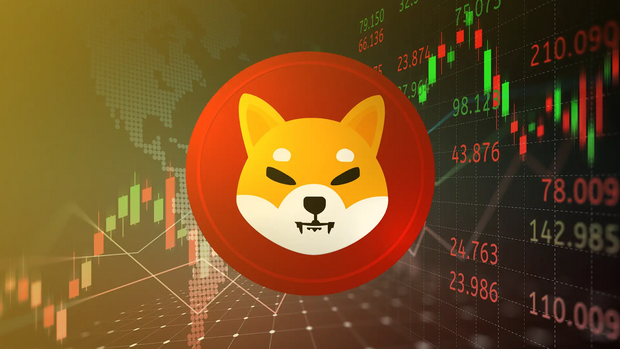TLDR
- Shiba Inu has introduced a migration plan for its LEASH V2 token with a fixed ratio model to protect holders.
- The migration process will utilize pre-existing tokens stored in a multisig wallet to prevent the creation of new tokens.
- Shiba Inu has partnered with Hexens for an independent audit of the V2 contract and migration process to ensure security.
- The migration will be executed in three phases, focusing on self-custody holders, liquidity providers, and cross-chain users.
- Shiba Inu plans to expand to networks like Base and Solana while remaining Ethereum-native for the LEASH token.
Shiba Inu has provided an update on the migration process for its LEASH token. The project aims to ensure a safe transition for holders and liquidity providers. A detailed report outlined the steps for the migration of the LEASH V2 token, focusing on security and fairness.
Shiba Inu Announces Fixed Ratio LEASH Migration
Shiba Inu’s LEASH V2 token migration will follow a fixed ratio model. This approach ensures that holders of LEASH V1 can easily transition without the risk of supply dilution. According to developer Kaal Dhairya, the migration process uses a supply of pre-existing tokens stored in a multisig wallet.
The fixed ratio ensures that no new tokens are created during the migration. After the process, any leftover tokens will be burned to decrease the total supply. This strategy maintains the integrity of the token’s value and avoids unnecessary inflation.
Shiba Inu has also partnered with blockchain cybersecurity company Hexens for an audit. Hexens reviewed the V2 contract and migration process for security. The audit report will be shared when the mainnet launch occurs.
SHIB Focuses on Cross-Chain LEASH Migration
Shiba Inu will carry out the LEASH V2 migration in three distinct phases. The first phase will focus on direct migration for self-custody holders. This phase will also include participants in staking programs like xLEASH, veLEASH, and Metaverse Lock.
The second phase will address liquidity providers on Uniswap V3 and ShibaSwap V2. Shiba Inu will use historical liquidity data to ensure a smooth process. Proof of withdrawal methods will be employed to ensure accurate migration.
The final phase will cater to cross-chain users. This phase will accommodate both Layer 1 and Layer 2 networks. The migration flow will ensure a one-to-one exchange of tokens on the network.
Shiba Inu is also planning expansion to additional networks. The project aims to integrate with platforms like Base and Solana. While expanding, Shiba Inu remains committed to staying Ethereum-native.
Shiba Inu’s developers are turning to Chainlink’s CCIP framework for improved interoperability. This move will enhance the project’s cross-chain capabilities. As the Shiba Inu ecosystem grows, the team is focused on providing seamless experiences for all users.





